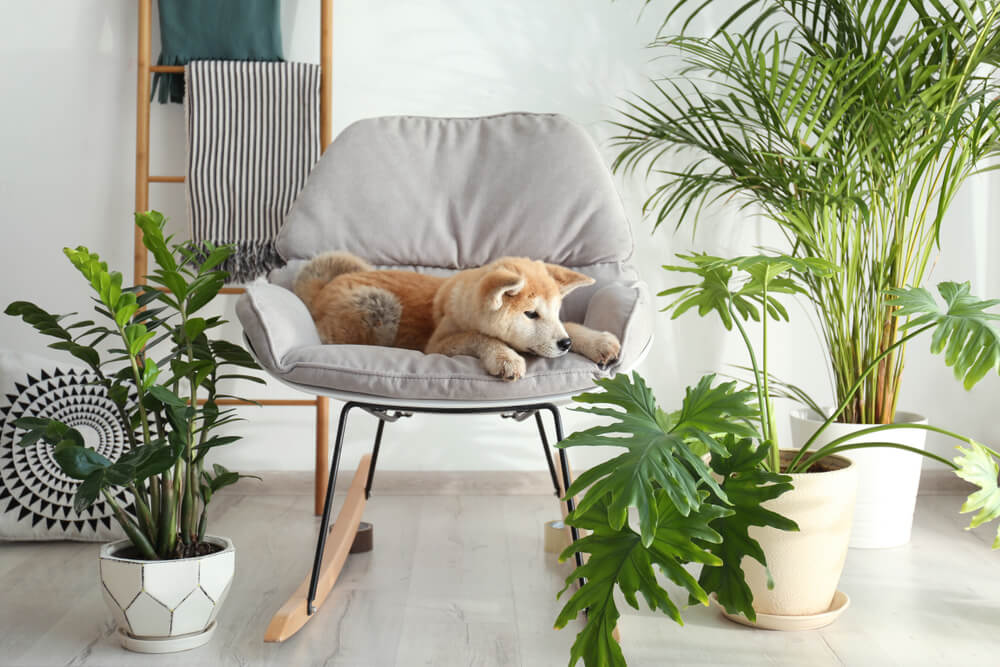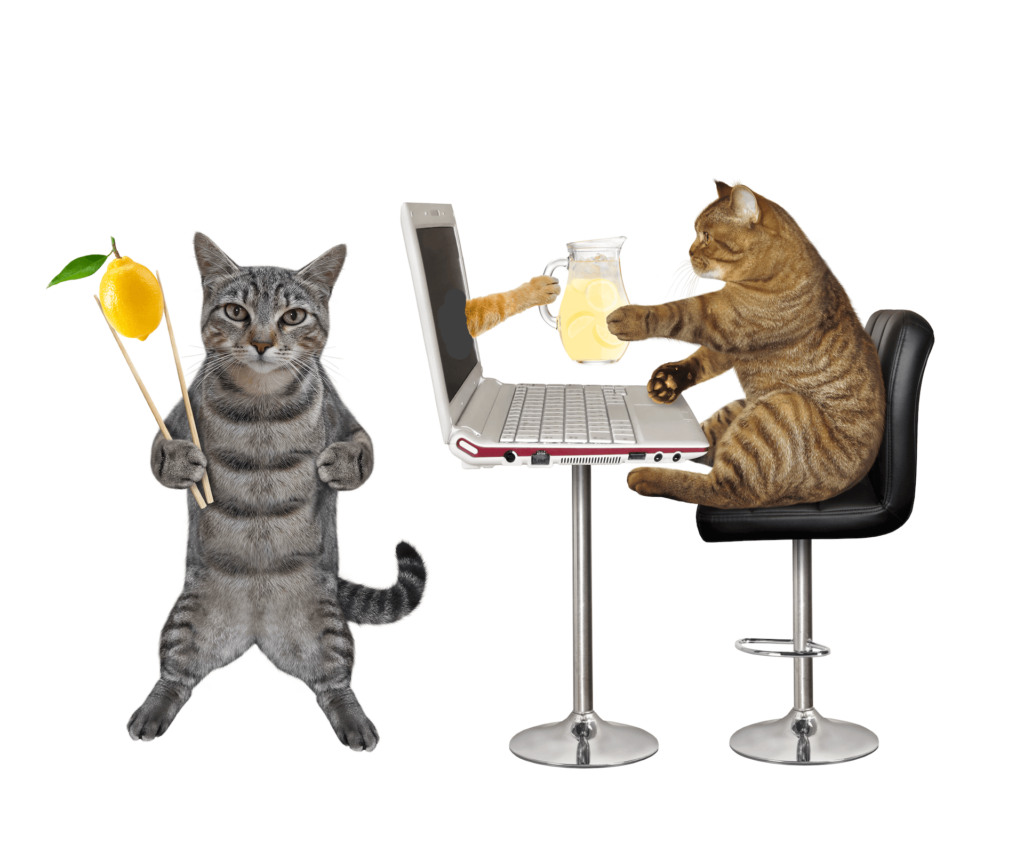While houseplants give cleaner air, a boost in mood, and a better-looking room, not all houseplants are good with pets or children. Some common houseplants are toxic to animals and can harm humans, too. If you have pets or children, be advised when it comes to the houseplants below. Touching or ingesting the roots and leaves, eating the soil, or drinking the water from the plant tray can result in poisoning. Pet owners and parents be warned.
Philodendron
A popular houseplant that is easy to take care of is still toxic to humans and pets. The vining philodendron should be kept up nice and high, away from the reach of children and the mouths of pets. When it starts to get too long, you should be trimming back the vine. The non-vining philodendron should also be kept unreachable to children and pets. The toxicity of the plant lies in the calcium oxalate crystals. Humans have only had minor reactions to the plant, but animals can experience seizures, swelling, and other pain. Cats have been reported to have the worst responses to this plant.
Pothos
While being low maintenance and one of the greatest air purifiers, Pothos Ivy, also known as Devil’s Ivy, is toxic to animals and humans. In small portions, pothos is relatively harmless. Animals can still suffer excruciating reactions, including kidney failure and death.
Arrowhead Plant
The arrowhead plant is cousin to the philodendron and is mildly toxic to humans and animals alike. Reported symptoms include irritated skin, upset stomach, and vomiting. The plant is often gifted and has leaves shaped like long hearts or arrowheads. This plant does shed its leaves, so just because it is out of reach does not mean animals and kids are safe. Look for fallen leaves on the ground to keep your loved ones safe.
Lilies
Not ever lily is toxic, but better safe than sorry. Lilies have many beautiful flowers that come in different colors. Cats are affected by lilies the most. Some symptoms they might experience are vomiting, lethargy, and lack of appetite. Every part of the plant is hazardous to cats.
Peace Lily
While not a real lily, Spathiphyllum, or commonly referred to as the “peace lily,” is still poisonous to humans and animals. The plant loves shade and has great air purifying qualities, making it a prized houseplant. However, those with young kids and curious pets should avoid the peace lily.
Dumb Cane
The Dieffenbachia, simply known as the “dumb cane” is family of the philodendron and the arrowhead plant. Due to this relation, the dumb cane has the same harmful calcium oxalate crystals. While less hazardous than the philodendron, the dumbcane can cause awful symptoms being extreme pain of the mouth, salivation, and throat swelling and numbing.
Caladium
The caladium, known better as an elephant ear plant, is toxic to humans and animals. They get a good reputation thanks to their hearty foliage and gorgeous colors. If humans ingest this plant, some plausible symptoms can difficulty breathing and speaking, burning and swelling of the mouth, and possibly blocked airways. Animals might experience nausea, vomiting, head shaking, and difficulty breathing.
Snake Plant
Snake plants are most popular for being a plant that sits on the floor. The snake plant was believed to protect a household from evil spirits. While humans are not terribly affected by the plant, a snake plant can get a rise out of animals. Your pet may feel pain, nausea, vomiting, and diarrhea should they manage to get their paws on this plant.
English Ivy
English ivy is an elegant houseplant typically hung from baskets and flow down. Due to their long, flowy style it is easy for curious children and pets to accidently come in contact with it. Humans and animals alike might face diarrhea, vomiting, weakness, and tremors. The English ivy additionally causes serious skin irritation to humans and animals.
Pick the Right Plant
Toxicity levels to humans and animals should be the biggest concern when choosing a plant for your house. While there are many things to consider when buying a houseplant aside from toxicity, the potential hazard to children and pets should be a high priority. Inspect your apartment and see if you already possess some these plants. No one is saying you have to dig up and throw these plants out, however precautionary measures should be taken with all of them.








